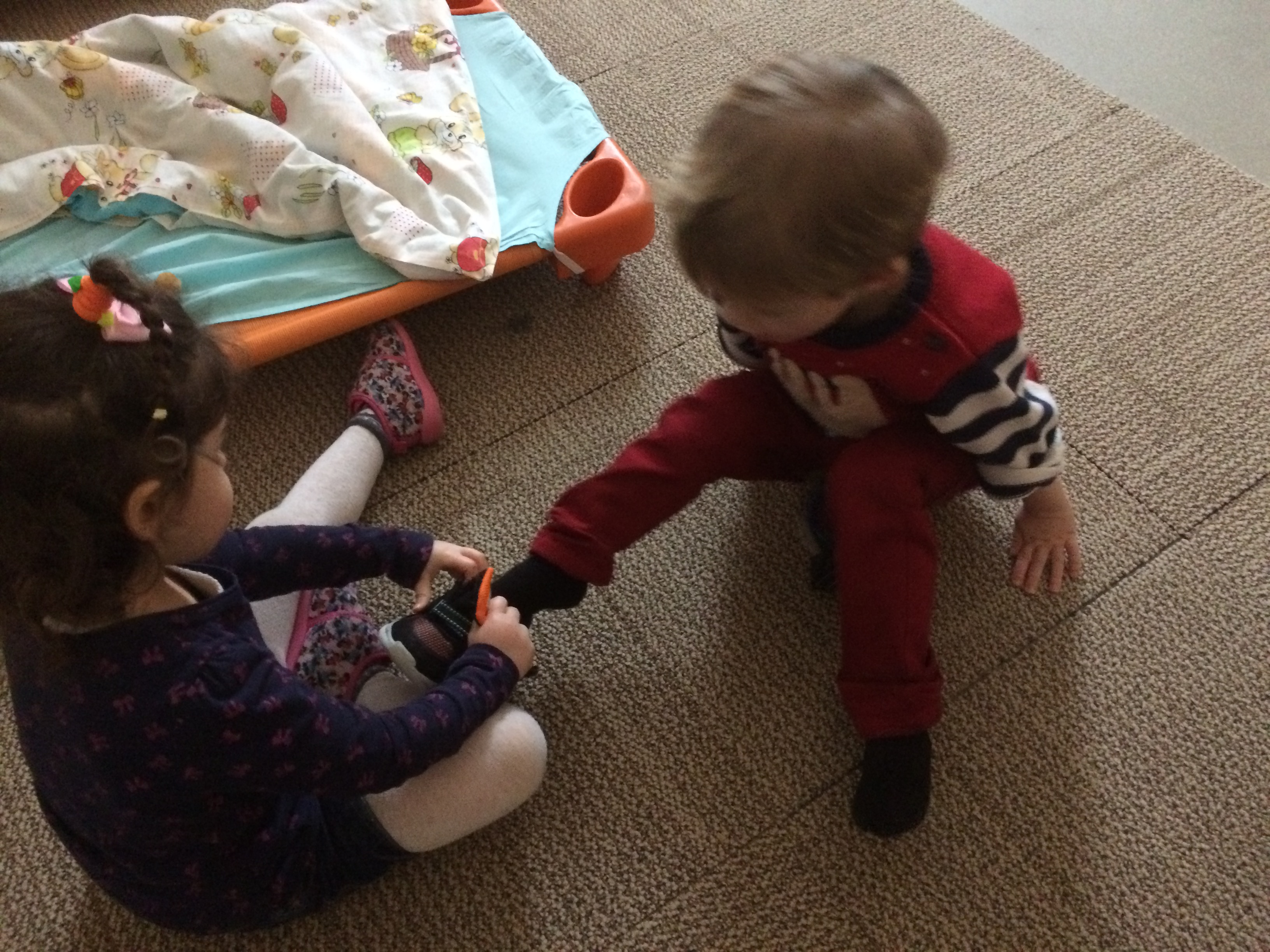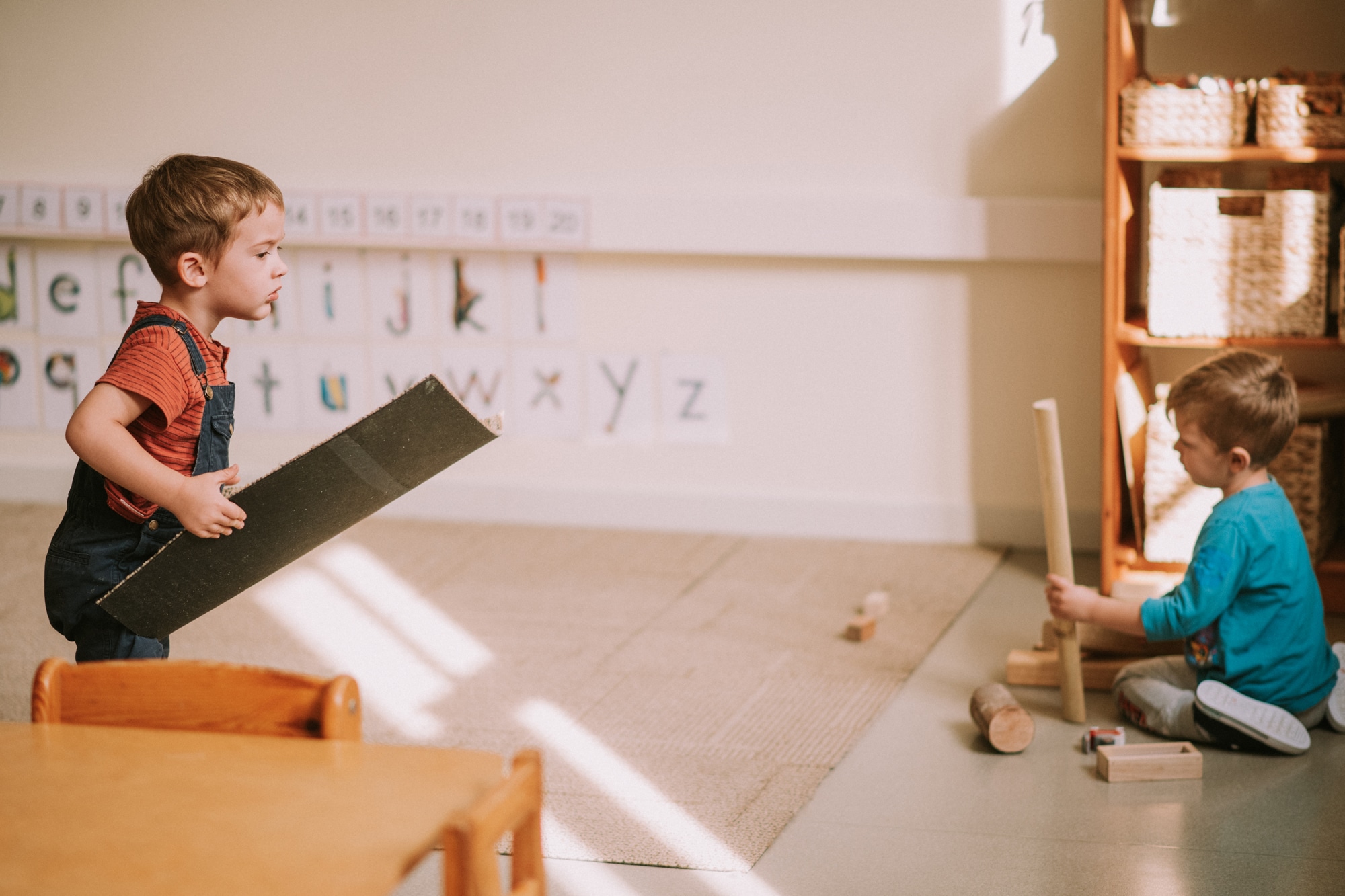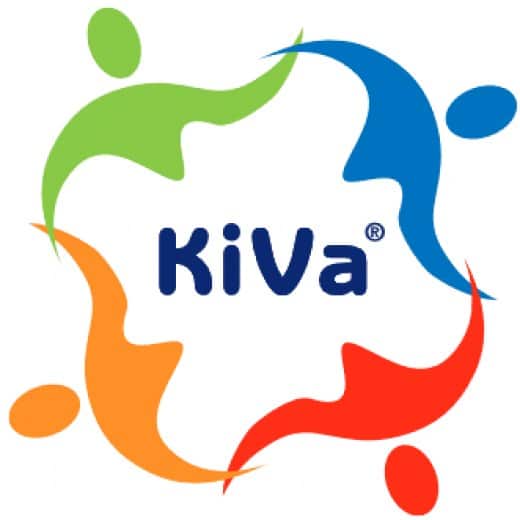How mixed-age classrooms provide an optimal learning environmentBy Ginta Kārkliņa, IB PYP Coordinator
Would you like your child to be smart? I bet the answer is “Yes!” What about heart-smart? I believe you would like your child to be kind-hearted, helpful and compassionate. At ISR we strive to develop the whole person and we know that personalities start shaping from a very young age. Several years ago, after researching the best ways to support the development of young children, we changed our preschool groups from single age to mixed age classrooms. At first the families were cautious about this change. In less than two month the most concerned families came back with “Why did you take so long to make this change? I wish you already had such an approach when my older son was in preschool!”, and similar statements. What makes this approach good for children? The main benefit is that mixed age groups resemble real life the most. Where else besides schools and sports teams do you see that the same age is the main reason for grouping? In mixed age groups the oldest students tend to learn and be inspired from their teachers, while the younger students more from their peers. Children become open-minded towards various abilities rather than competitive. Each child who spends several years in a mixed age group can experience what it means to be among the younger children, and to look up at the older students as well as be among the older students. People can often easily see the benefits for younger students in the group. Nevertheless, mixed-age groups are especially beneficial for the oldest students in each group as they develop their confidence and self-esteem. While interacting with younger students, they solidify the mastery of their skills, formulate their understandings and become confident of their knowledge. Let’s finish this post with what people who are much smarter and much more experienced than I tell about the mixed-age classrooms: “It is a classroom founded on research and learning theory about how children learn and that guides developmentally appropriate practices. These foundations drive, empower, and uphold a model of education that seeks to support the well-being of children (Goodlad and Anderson 1987) by creating a structure that allows educators to fit the schools to children rather than fit the children to the schools (American Association of School Administrators 1992).” ( From “The Multi-Age Classroom: What Research Tells the Practitioner” by Sandra J. Stone)
|









